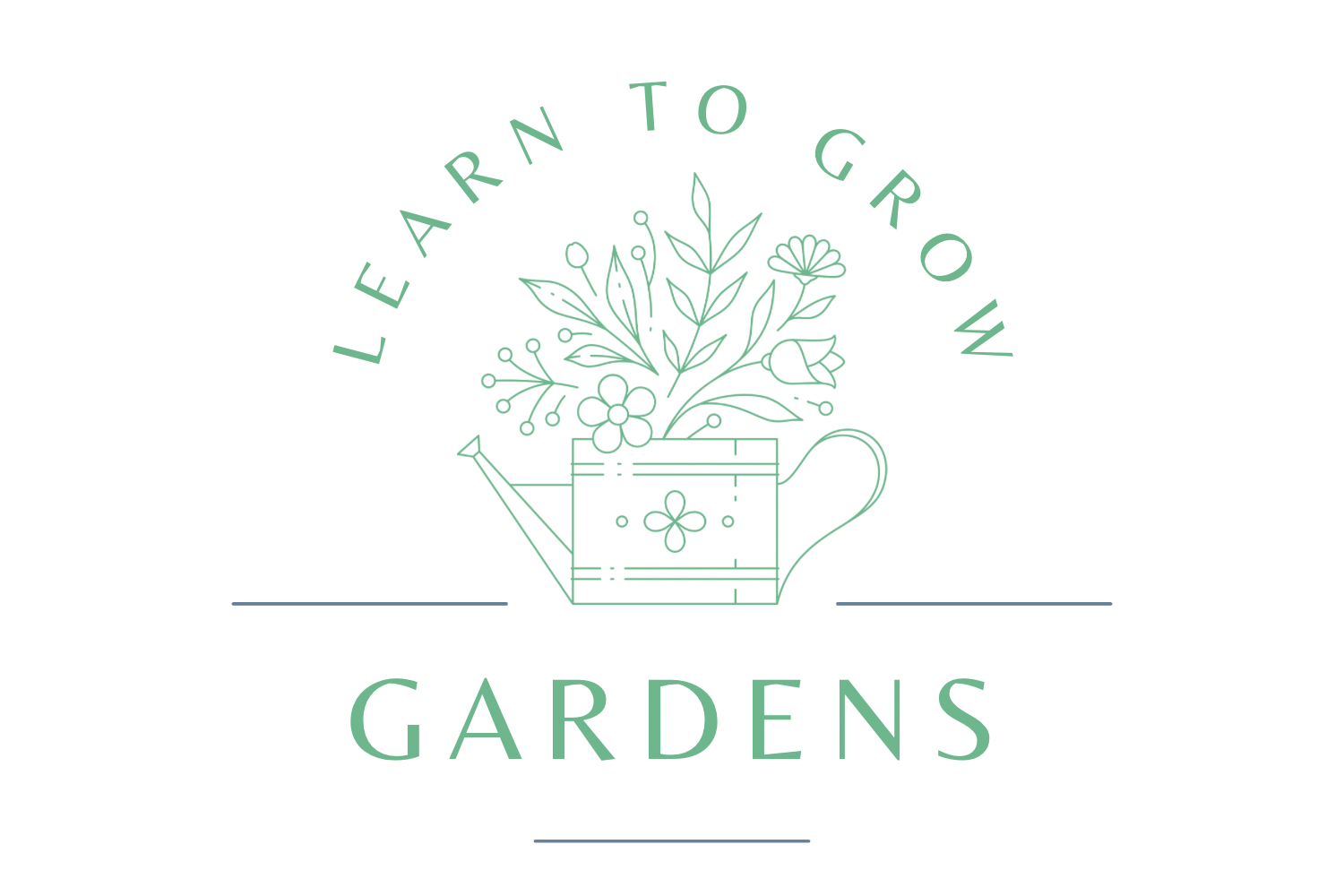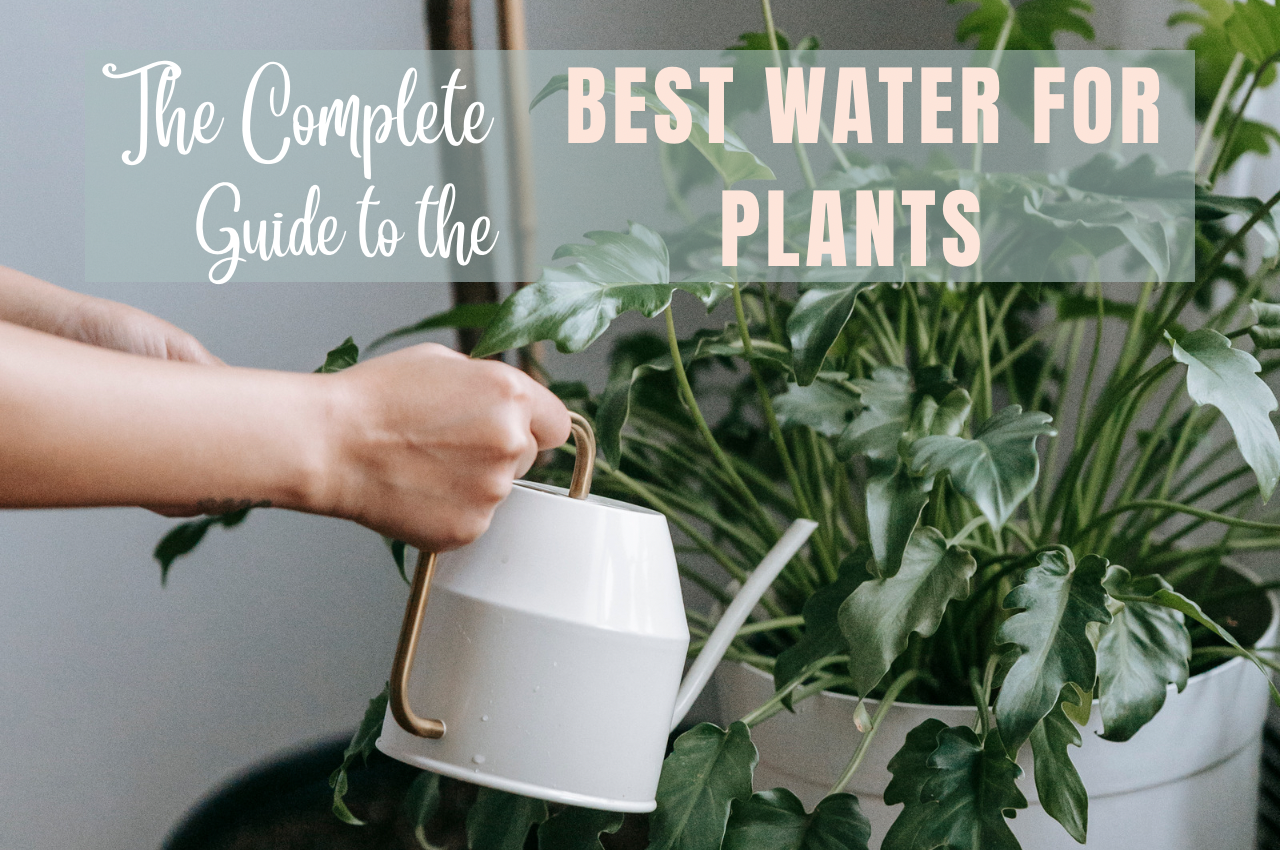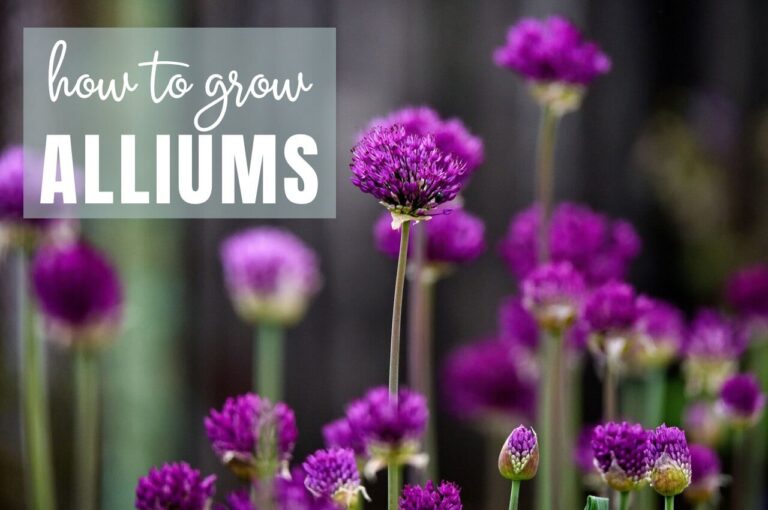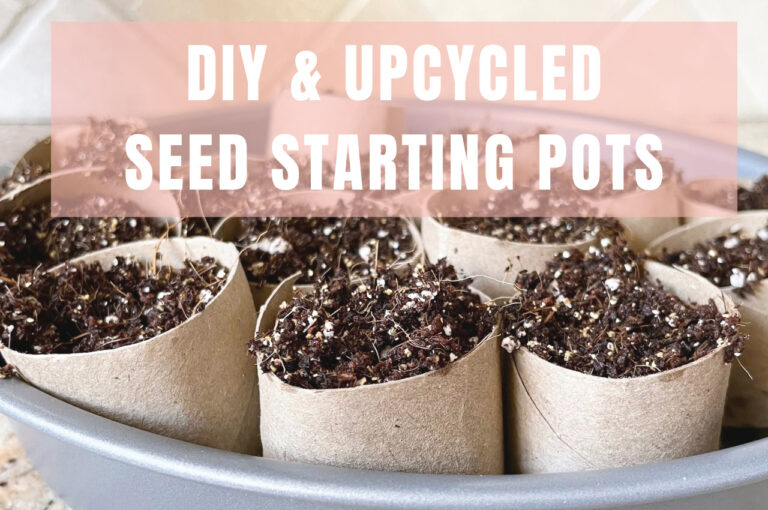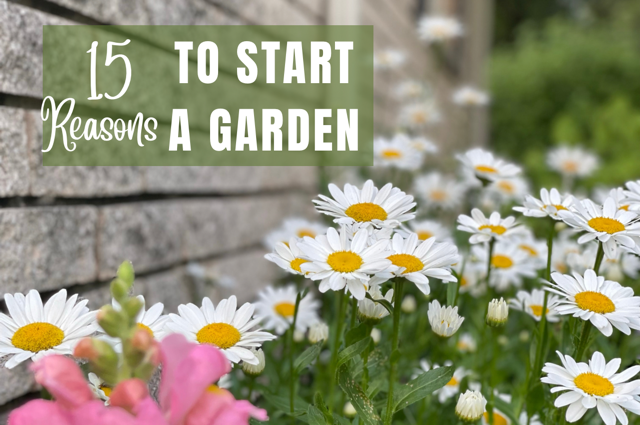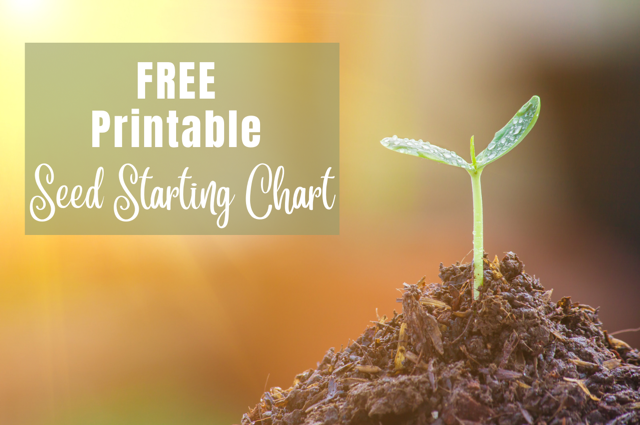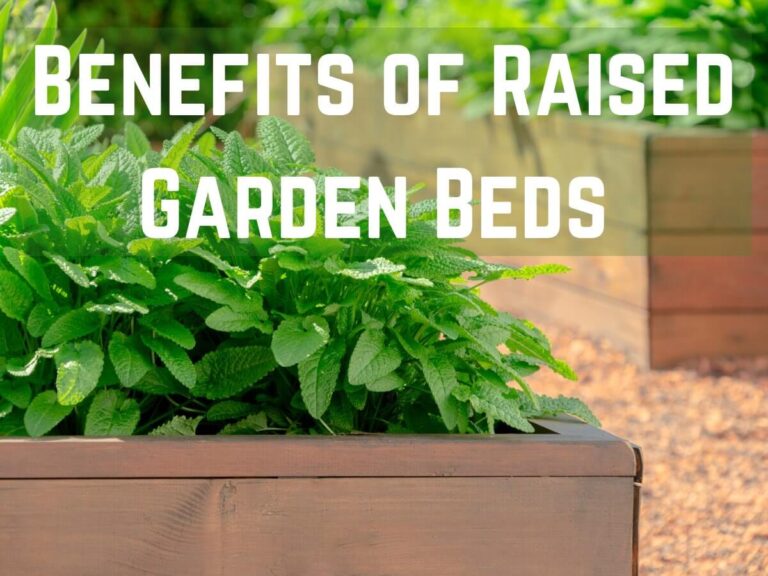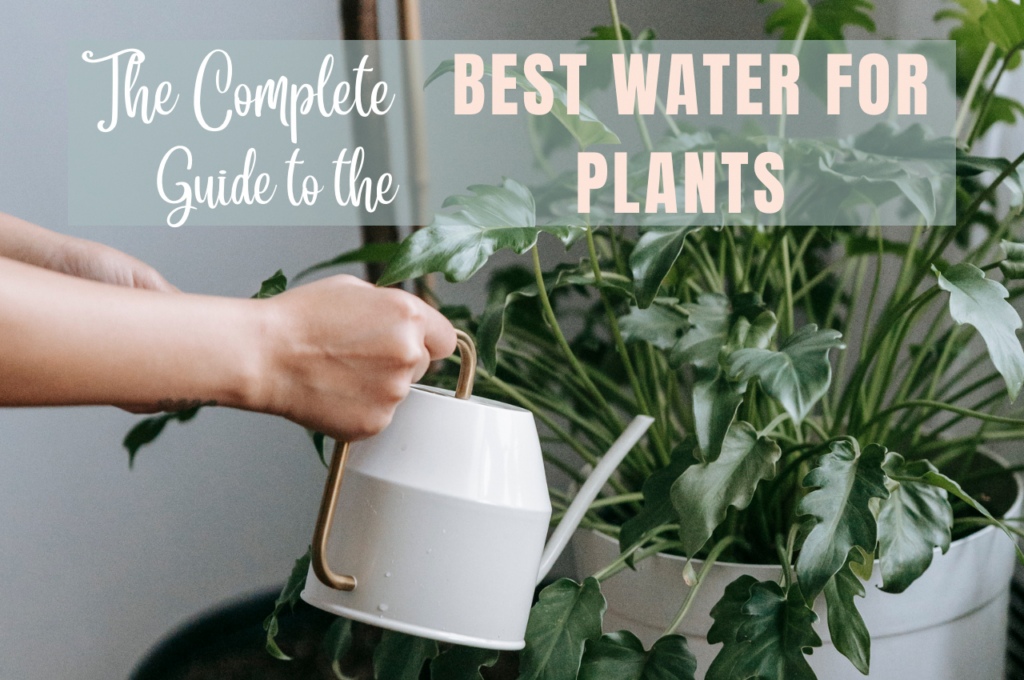
What Is The Best Water For Plants: The Ultimate Guide To Water For Houseplants
Of all the things we worry about when caring for our indoor plants, choosing the right water usually isn’t one of them. Sure, we worry about the right potting soil and finding the location with the exact right amount of light. We research fertilizers and make sure we have the right size pot. We even make sure to not give them too much water or too little.
But choosing the right water for our plants? Most of us don’t look beyond the tap.
And that’s perfectly fine for many plants. You can water a pothos for years with tap water, and be rewarded with continuous growth.
Some plants, however, are a bit fussier with their needs, and plain tap water may keep them from looking and growing their best.
This is a spider plant that I’m nursing back to health. See the brown tips on its leaves? Brown tips are a good indication that something’s not quite right. I suspect it’s the water.
Why is tap water bad for plants?
Tap water contains many things beyond H2O. Tap water can be full of chlorine, excessive minerals, and fluoride, all of which are harmful to sensitive plants.
I live in a hard water area, which means the water in my tap is very high in minerals.. Hard water can cause leaf burn as the minerals build up in the soil.
In many places, the water is softened. This can cause a different set of issues, which we’ll discuss below.
Fortunately, there are several alternatives to tap water that will help houseplants thrive. Let’s discuss the different types of water, and which ones are best for growing lush, healthy plants with a healthy root system.
You may also like our post about How To Make Plants Grow Bigger and Faster
What is the best type of water for houseplants?
There isn’t one simple answer to this question. If I had to choose one type of water to water all of my plants with, I would choose bottle spring water. I’ve used it in the past and had excellent results with it, but there are other types of water worth mentioning, too.
Let’s discuss each of these, and the benefits they may or may not bring to your plant care regimen.
Natural spring water
Like I mentioned, I have used spring water with great results. I’ve known for many years that tap water turned the leaves of my spider plants brown, so I would use my kids abandoned bottles of water to water my plants (sooo many abandoned bottles. Why can’t kids finish a whole bottle?? My house is like the scene from the movie Signs. But I digress…)
Spring water is full of beneficial minerals that feed your plants and keep them healthy and growing. It does not contain the added chlorine or fluoride found in tap water that can harm sensitive plants.
Spring water is water in it’s most natural state, coming from directly within the earth. It hasn’t had anything harmful added, or anything beneficial removed. It is what I water my plants with the most.
Aquarium water
Fish tank water is a very close second in my personal favorites to water with. The reason it’s not number one is because it’s a lot harder to come by than spring water.
Fish tank water is free from chlorine, yet full of beneficial bacteria and minerals, such as nitrogen, phosphorus, and potassium. It also contains trace nutrients and ammonia, along with nitrates, which are the form of nitrogen most easily absorbed by plants. All of these can be found in a lot of commercial fertilizers, which is why fish tank water will help your plants grow bigger and healthier.
If you have a fish tank, definitely save the dirty water for your plants!
Distilled water
Distilled water is a tricky one. On the one hand, it’s free from a lot of the bad stuff we’re trying to avoid, like chlorine and fluoride. On the other hand, distilled water has had the minerals removed through the distillation process.
Watering your plants with distilled water will not harm them right away, but over time you will see a decrease in the growth of your plants from the lack of minerals.
Even still, I’ve often seen it recommended as the best water for houseplants. If you use distilled water, I recommend trading off with spring water to give plants some beneficial minerals. Even better, trade off with aquarium water for a healthy boost in between waterings with distilled water.
Rain water
Rain water isn’t just for outdoor gardens. It can also be an excellent choice for your houseplants.
Every summer, I move a lot of my houseplants outside and let the rain water them. They absolutely flourish in the outdoor environment, far better than inside, and I’ve always suspected the rain water had something to do with it.
Note: Another benefit to plants hanging out in the rain is the rain’s ability to wash away dust from plant leaves. Over time, dust can accumulate on plant leaves, blocking sunlight and reducing the plant’s ability to take in carbon dioxide. If you can’t leave your plants out in the rain, an occasional rinsing off in the shower works well, too.
Rainwater is full of oxygen, which helps plants take up nutrients and grow healthy root systems. It also contains nitrogen, which is essential to nearly every plant process, including photosynthesis. And finally, rainwater contains carbon dioxide, helping release nutrients in the soil for plant growth.
Although rain water is a great choice for plants, it should be avoided if you live in areas with high pollution or acid rain.
You may also like How To Grow Lemon Coral Sedum Indoors
Bottled water
Bottled water is my go to for watering my plants. However, I recently switched brands in an effort to lower my grocery budget and noticed some of my plants developing brown leaves.
Although all bottled water looks the same, where it comes from can make a big impact on the appearance of your plants.
I used to buy bottled spring water and would use it exclusively to water my plants. Lately, I’ve been buying purified water, because it’s cheaper. This is the only thing I’ve done different with their care, and my plants have certainly noticed the difference.
Bottled water can be a good choice for your plants if it is spring water, but purified water has had the minerals removed through the purification process and then added back in. The form of minerals can sometimes be hard on sensitive plants.
Softened water
If you live in an area with soft water, or have a water softener, it may seem like a good idea to use it to water your plants. After all, if hard water is bad for plants, soft water must be good, right?
It’s not that simple.
Softened water contains high levels of salt, used in the water softening process. These high levels of salt build up in the soil of your plants and cause problems with growth.
If your plants have been watered with softened water, flush the salts through with distilled or spring water and continue watering with a different type of water mentioned above.
Best water for plants FAQ
How do I know if my plants need a different type of water?
If you’ve been watering your plants the right amount and keeping up with repotting and fertilizing schedules, and yet they still aren’t doing well, they may be receiving the wrong kind of water.
Some signs of this include: brown spots on leaves, brown tips on leaves, or poor overall growth and health.
Try switching to one of the better water types discussed above, and see if your plants improve.
Is distilled or purified water better for plants?
As we discussed above, both distilled and purified water can be good for your plants in the short term. However, both have had beneficial minerals removed and added back in for taste. These added minerals can cause leaf burn in sensitive plants, or may not be a complete make up of minerals your plants need from their water source.
What type of water helps plants grow faster?
Spring water, rain water, and fish tank water all contain some of the necessary minerals and nutrients for plant growth. Using one of these options will result in more vigorous plant growth, and healthy, lush plants.
How much water should I give my plants?
The amount of water you give your plants depends on the type of plant it is. Different plants have different needs. Most houseplants are tropical plants and they require moist, but not wet soil. Your best bet for these plants is to water them when the soil surface feels dry about an inch deep. Water until the excess water is running through the bottom to be sure you’ve watered them thoroughly.
For plants like African Violets, the best way is to water from the bottom, as water droplets can damage the sensitive leaves. Every few waterings, carefully water from the top, avoiding the leaves.
Succulents require much less water than other plants, Water them every other week during the growing months, and once a month or so during winter.
Avoid soggy soil for all types of plants, as soggy soil can lead to root rot, fungal diseases, and encourage fungas gnats.
What temperature water should I water my plants with?
Room temperature water is best to water plants with. Cold water can shock sensitive plant roots, and warm water can too easily be too hot, and harm beneficial microorganisms in the soil.
